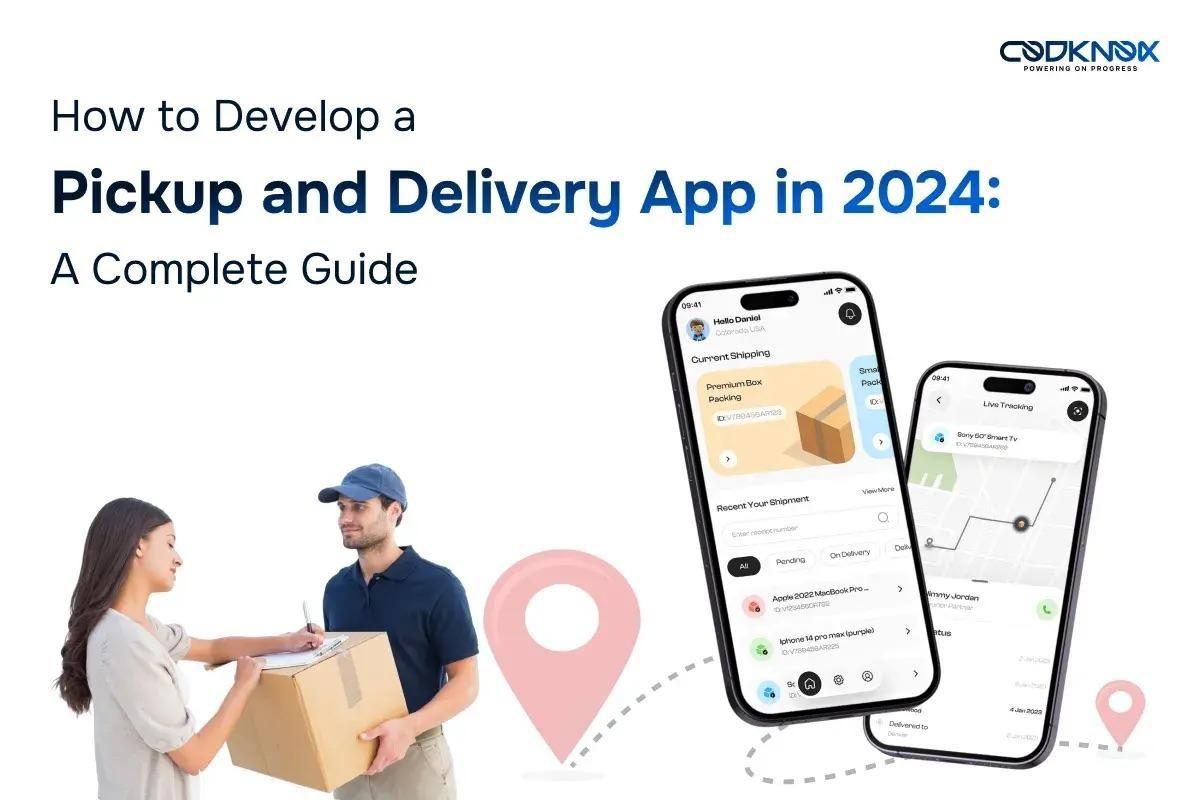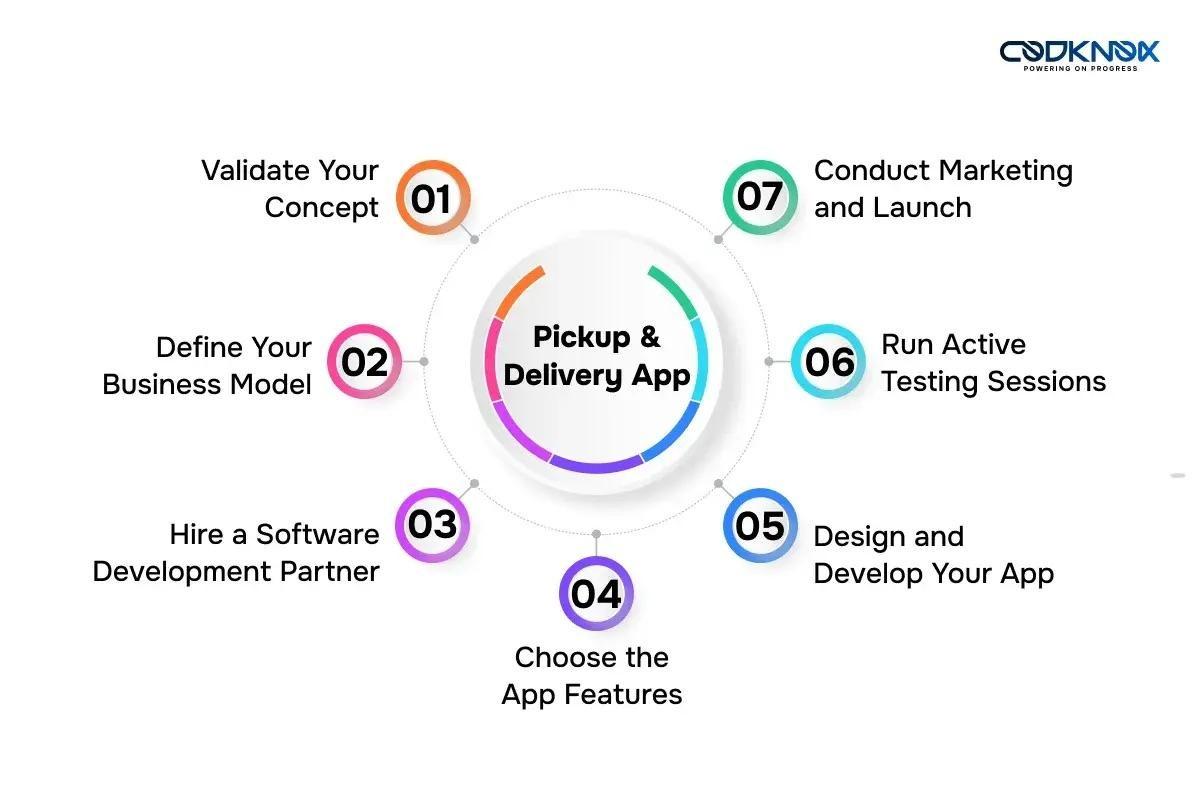
In today’s fast-paced logistics landscape, the demand for efficient pickup and delivery services is surging. As we move into 2024, the need for seamless, technology-driven solutions is more apparent than ever. For entrepreneurs looking to capitalize on this trend, now is the ideal time. However, it’s crucial to understand the development process and associated costs before investing. This blog will guide you through the steps of developing a robust pickup and delivery app and provide insights into the expected expenses. Let’s get started!
Build Your Own On-Demand Pickup & Delivery App
Follow these steps to create an on-demand pickup and delivery app that stands out:
Step 1: Validate Your Concept
Before starting development, conduct thorough market research. Understanding your competition and the opportunities for success is crucial. Based on this information, decide if developing a delivery app aligns with your business goals and customer demands.

Step 2: Define Your
Business Model
Different business models for delivery apps come with unique monetization strategies:
● Delivery Services: Connect restaurants and customers, charging establishments for platform use and retaining a commission on each order.
● Third-Party Facilitation: Connect restaurants and customers with third-party delivery services, with your app acting as an intermediary.
● Direct Delivery: Enable restaurants or stores to manage their internal order fulfillment, charging customers directly.
Step 3: Hire a Software Development Partner
Choose between assembling an in-house team, working with freelancers, or outsourcing to a reputable app development company. Outsourcing is often more cost-effective and reliable.
Review the portfolio and experience of potential partners thoroughly.
Step 4: Choose the App Features
Select features that align with your business model. For a restaurant delivery service,
prioritize a menu system. Consult with professionals to determine the best features for your app.
Step
5: Design and Develop Your App
Share your ideas and make adjustments as needed while the development team works on your app. Once the design is finalized, the development process begins.
Step
6: Run Active Testing Sessions
Thorough testing ensures your app functions seamlessly across devices and platforms. Conduct tests on iOS, Android, tablets, and web browsers to deliver a smooth user experience.
Step
7: Conduct Marketing and Launch
Increase your app’s visibility by launching on the Apple App Store and Google Play Store. Use marketing strategies like promoting on your website, in-store flyers, email marketing, and social media campaigns to drive downloads and generate interest before the launch.



